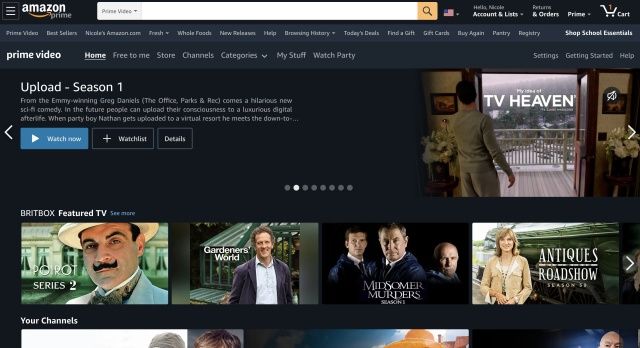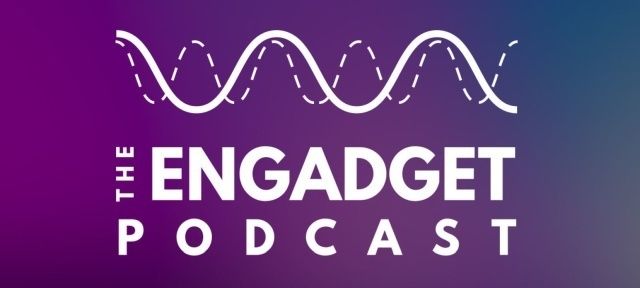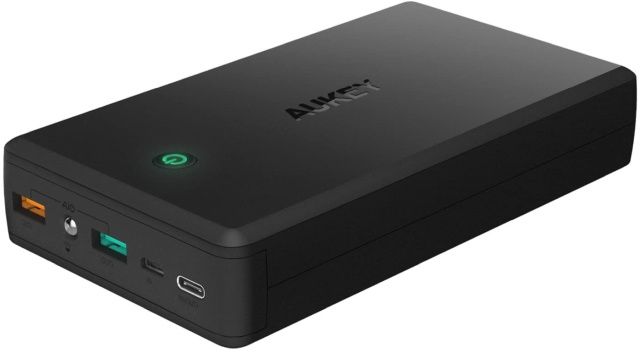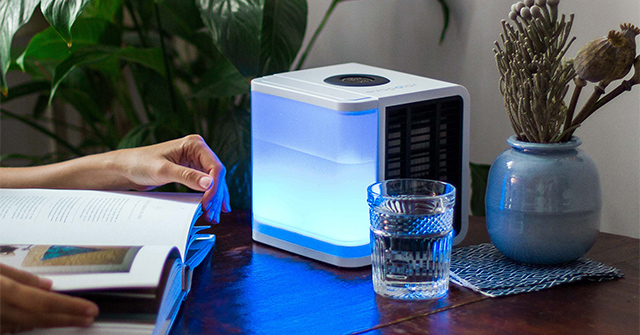As hostile an environment as Antarctica is, the icy continent still has one thing that the Moon and Mars doesn’t, and that’s air. When we go into space, we need to bring along air, or otherwise make it—not only for breathing but also for pressurizing the space suits. That’s the added challenge of living off of the Earth.
Yet there is one place on Earth that’s exactly like deep space. This is an unworldly environment of complete darkness, low temperatures, abnormal environmental pressure, no natural supply of breathable oxygen, cramped quarters, and chilling isolation, with limited ability to contact any other humans—a place where you and your crewmates need to generate your own electricity to power your lights and machines; to produce air to breath and water to drink; and to maintain the integrity of your food supply. The environment I refer to is deep in the Earth’s oceans, on a nuclear submarine.
Life on a nuclear submarine provides the closest example we have of what living would be like on a moon, another planet, or a space voyage. Occupants of a nuclear submarine are in a constant life-and-death struggle with the hostile environment that surrounds them. No hyperbole here. It’s a harrowing, nerve-wracking existence. Any number of mishaps—fire, lost pressure, a vessel leak, a gas leak—could spell death for the entire crew. Calamity a mile under the sea is as treacherous as calamity millions of miles in deep space.
Space settlements surely weren’t on the minds of the designers of the first nuclear subs, but these vessels contain all the technology needed to live in space. Through their use, we have learned how to live in a completely artificial and self-contained environment. Indeed, these subs are among the most sophisticated engineering masterpieces ever built. At their heart is a compact nuclear engine capable of powering the locomotion of the submarine and all its subsystems for twenty-five years without refueling. The first nuclear sub, the USS Nautilus, christened in 1954, could travel 100,000 kilometers on four kilograms of nuclear fuel. That’s two and half times around Earth. The USS Pennsylvania, one of the largest nuclear submarines in commission, can accelerate its 17,000-ton steel frame to more than 45 kilometers per hour and power the myriad machines and equipment on this 170-meter vessel for years with just a lump of uranium the size of a fist. Typical deployments last three months, often entirely underwater. The ship needs to resurface only to restock food and let the crew see their families.
NASA is eying a nuclear submarine design to explore the ice-covered oceans on Jupiter’s moon Europa and the hydrocarbon lakes on Saturn’s moon Titan, missions that are many decades away from fruition. And the fuel efficiency alone offered by nuclear fission has space agencies contemplating ways to similarly power bases on the Moon and Mars cheaply and reliably. Harvesting dependable and abundant solar energy on dusty Mars remains questionable, as we will see in Chapter 6. And beyond Mars, using solar energy from a distant Sun becomes largely impractical, leaving nuclear fission as the likely fuel source (unless a nuclear fusion engine is developed).
The greater lesson to be learned from a nuclear submarine, however, is not the energy source but rather what one does with that energy: create a self-contained artificial “earth” in an environment not conducive to human life. The first requirement underwater or in space is to generate oxygen. Each member of the 150-person submarine crew needs at least 550 liters of oxygen per day. Without an oxygen generator, the submarine would run out of oxygen in seven days. A perhaps surprising source of this precious oxygen on a nuclear submarine is the ocean water that surrounds it. Each molecule of water, H2O, contains two hydrogen atoms and one oxygen atom. Through the process of electrolysis, a machine passes an electrical current through distilled seawater to create oxygen gas, O2, and releases the hydrogen back into the ocean. The process may mimic what needs to be done on the Moon and elsewhere with extraction of the oxygen from water ice deposits.
Oxygen generation, of course, is only part one. We breathe in oxygen but exhale carbon dioxide, CO2. Submarines needs to remove CO2 from the air before it builds up to toxic levels. With no plants to take in the CO2 naturally, a machine “scrubs” the CO2 from the air by passing the gas through an aqueous solution of monoethanolamine, an organic chemical compound with the formula HOCH2CH2NH2. (An aside: not to get bogged down in chemistry, but follow that N in the formula, which stands for nitrogen. The US Navy says the air on a nuclear sub is cleaner than the air you breathe on land, but that’s only half the story. Yes, the oxygen is rather pure. But any seasoned submariner will tell you the stench of ammonia-like amines permeates the vessel. That’s what the nitrogen converts to in the scrubbing reaction.) We also exhale water vapor, which needs to be removed in this closed system with dehumidifiers. Machines exhale, too. Stoves generate small amounts of carbon monoxide, CO, which is toxic even in tiny amounts. Batteries emit hydrogen gas. Both these gasses need to be filtered, collected, and burned.
For years NASA modeled its air-recycling modules on US Navy designs, but it has since advanced the technology to such an extent that the navy now has come to NASA to help improve submarine air quality, essentially through experimentation with a variety of different kinds of scrubbing actions. Plants help; vegetation absorbs CO2 and produces O2. But you’d need hundreds of plants per person in a closed system to reproduce this natural cycle on a submarine or in a space habitat. Water electrolysis is more dependable and requires less energy, given the fact that you’d need to power the lights to grow the food indoors. Plants, at best, complement mechanical air exchange by reducing odors and adding a little oxygen.
Drinking water on submarines also comes from the ocean water, through the energy-intensive process of desalination. Energy also is needed to maintain a constant air pressure of 1 atmosphere as the submarine dives from surface level down to its half-mile-deep cruising depth. This pressure regulation is somewhat the opposite of what is needed on airplanes and what would be needed in space, where celestial bodies contain little or no pressure. The entire weight of Earth’s atmosphere presses down on our bodies at sea level with a force of about 15 pounds per square inch (psi). We call this amount, conveniently enough, 1 atmosphere of pressure. On the top of Mount Everest, the atmospheric pressure is only about 5 psi, or a third of an atmosphere, because there is less air on top of you.
On Mars the atmospheric pressure is about 0.09 psi because there’s hardly an atmosphere; on the Moon, the atmospheric pressure is essentially zero. But once you’re underwater, you have air plus water weighing down on you. The pressure increases about 1 atmosphere for every ten meters of water depth. So, at a half mile, or 800 meters deep, the pressure is up to 80 atmospheres. Outside the safe confines of the sub, you’d be crushed instantly. Submarines maintain constant pressure via a double-hull system comprising an outer waterproof hull and an inner pressure hull made of tough steel or titanium. An advanced ballast system holding various amounts of air or water stabilizes hull compression.
As sophisticated as nuclear submarines are, they are dangerous beasts. Danger lurks not only outside in the chilly, dark depths of the ocean but inside, as well. Most nuclear subs, after all, are war machines armed to the teeth. Fires can easily trigger explosions that can blow the vessel apart. Such was the tragedy for a Russian submarine called Kursk on August 12, 2000, when a series of warhead explosions set in motion by a hydrogen peroxide leak and subsequent kerosene-fueled fire tore through the vessel. Most of the 118 crew members were killed in the initial explosions, yet twenty-three members apparently survived for many hours at the far end of the sub until yet one more explosion consumed all remaining oxygen and they suffocated.
Space agencies have learned from both the deaths and lives of submariners. The Russian government’s investigation of the Kursk disaster, published a few years later in the Russian government daily newspaper of record, Rossiyskaya Gazeta, revealed “a shocking level of negligence on all levels of the command; stunning breaches of discipline; and shoddy, obsolete and poorly maintained equipment.” That is, the accident didn’t have to happen. Is this regard, NASA is militaristic in its approach to workplace safety on the International Space Station, requiring more than an hour each day for routine safety checks. Shortly after the Kursk incident, in 2002, NASA officially teamed with the US Navy for the NASA / Navy Benchmarking Exchange, which comprised senior representatives from NASA’s Office of Safety and Mission Assurance and the navy’s 07Q Submarine Safety and Quality Assurance Division (SUBSAFE). The group identified multiple opportunities for NASA to benefit from SUBSAFE submarine successes. If a deadly accident can happen on Earth, under the sea, it can happen in space.
Submarine living arrangements also are of keen interest to space agencies, because life in space, at least early on, will also be cramped and isolated and thus a potential source of psychological turmoil. Submariners have the added complication of secrecy—silent service, they call it. Nuclear submarines are designed to be stealthy in their surveillance around the globe, so crewmembers cannot call home or have video chats with loved ones or curious schoolchildren, as is the case for astronauts aboard the ISS. Step inside one of these subs on the first day of your mission and hear the hatch close behind, and an instant, regrettable feeling of claustrophobia may come over you. The USS Pennsylvania might be the biggest nuclear submarine, at 170 meters long (about two football fields), but it’s only 13 meters wide and 12 meters in keel depth. There are no windows, just the haze of artificial lights to guide you through the labyrinth of narrow passageways, a seemingly endless line of metal gadgetry, pipes, and wires from floor to ceiling—raw, like an unfinished construction project. Almost everything is gray, as if set up to be an exercise in depression. There’s a constant hum of a machine shop, too, and the odor of lube oil and diesel mixed in with the pervasive amines creates that distinctive eau de sous-marin. Low clearance, less than six feet—it’s best not to be too tall. Same faces day in and day out. The sleeping arrangements are bunks three levels high, nine to a room that’s smaller than a jail cell. No Sun to guide your internal clock; you won’t likely see daylight for ninety days.
As witnessed in Antarctica, meals are morale boosters. US submariners describe it as the best food in the navy, by far. Beyond this, the beautiful hypnotic monotony of routines and, perhaps, memories of Kursk are what keep the crew going: report to station, check machines, perform maintenance, clean, jump to a surprise drill, train, exercise, jump to another surprise drill, eat, sleep, and repeat. Newbies work on the extensive qualifications required to become a submarine specialist and “earn their dolphins,” a uniform breast pin that’s a big deal and, in the US Navy, one of the three major enlisted warfare pins. One other element that helps the submariners maintain sanity is their deep sense of purpose that comes with the awesome responsibility of controlling a stealth war machine capable of launching a nuclear attack.
The submariners often lament that they don’t have windows. These would be too difficult to install to withstand the high pressure and would serve little purpose, as there is no light below 1,000 meters of ocean. But their lament was the major contributing factor for placing windows on the ISS, a major comfort for astronauts.
The US Navy has studied the psychological well-being of its submariners and has found, not surprisingly, that the cramped conditions lead to poor sleep, irritability, and depression. Conversely, creating the illusion of more space with less-cluttered recreational areas such as mess halls and sleeping berths can improve well-being. Fortunately for the submariners, a deployment rarely exceeds three months. A cramped trip to Mars is expected to last nine months, followed by two years in a cramped habitat, and then a cramped nine-month voyage home. How will the small crew fare? As related below, NASA embarked on a project with the US Navy at the submarine base in Groton, Connecticut, to find out.

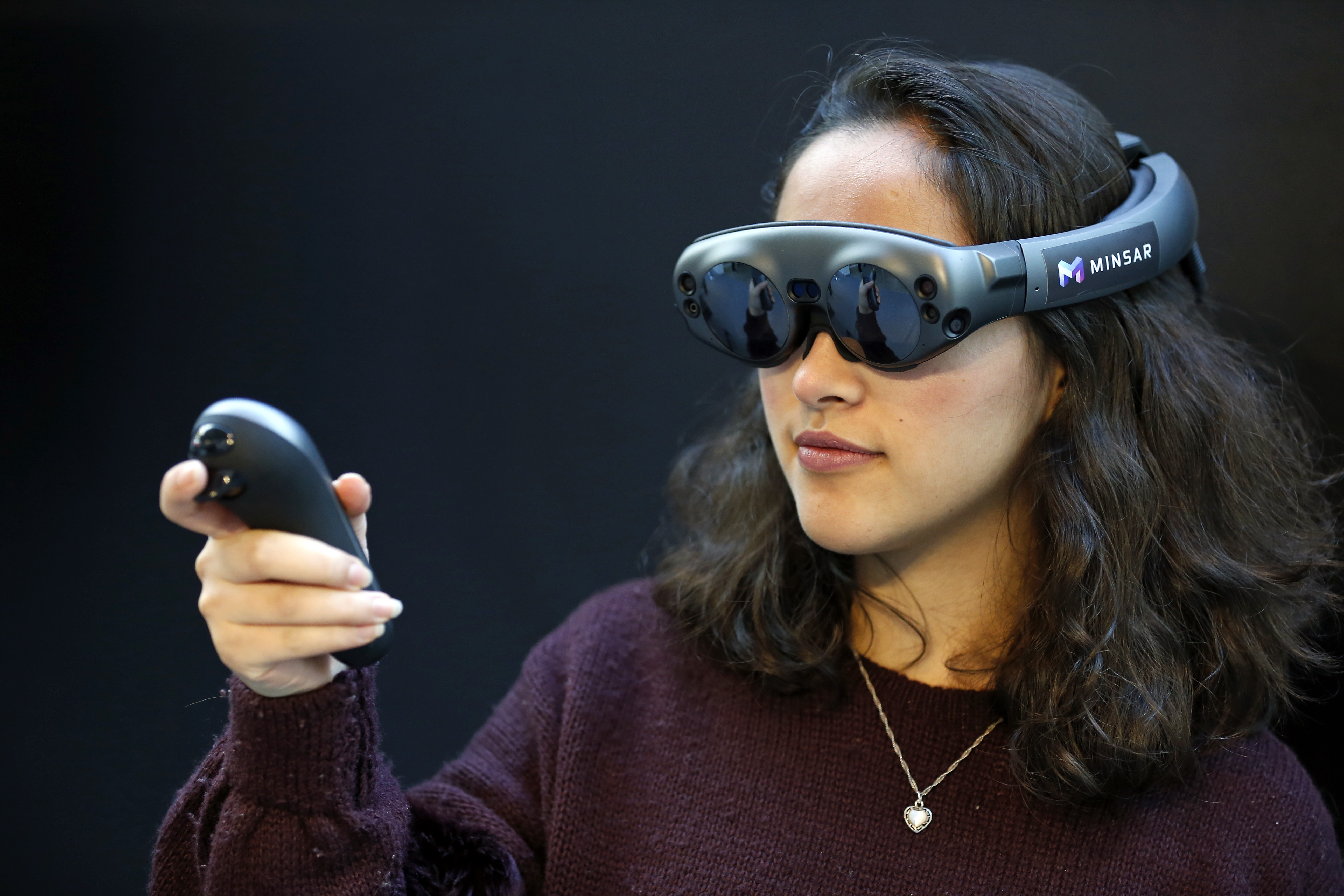 Fading light: The story of Magic Leap’s lost mixed reality magnum opusAdi Robertson, The VergeLike a lot of companies this year, Magic Leap faced massive layoffs. The company was able to avoid those after it raised $350 million, but it did shift to e…
Fading light: The story of Magic Leap’s lost mixed reality magnum opusAdi Robertson, The VergeLike a lot of companies this year, Magic Leap faced massive layoffs. The company was able to avoid those after it raised $350 million, but it did shift to e…